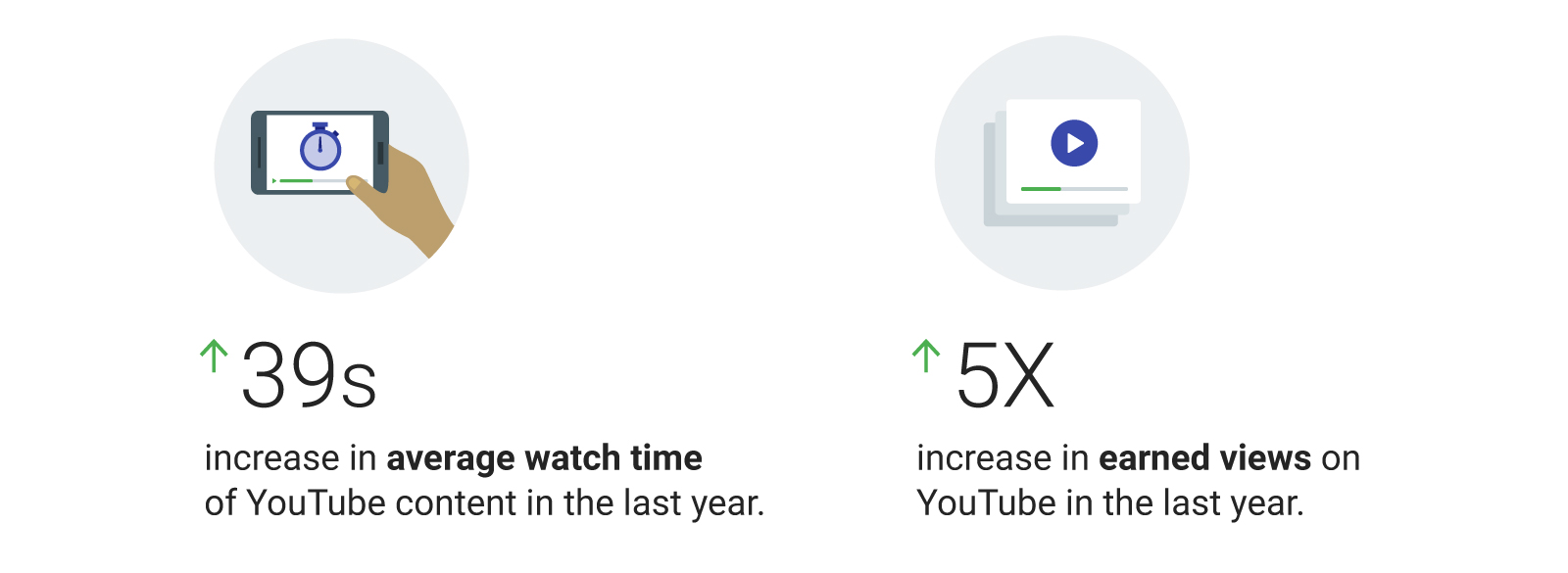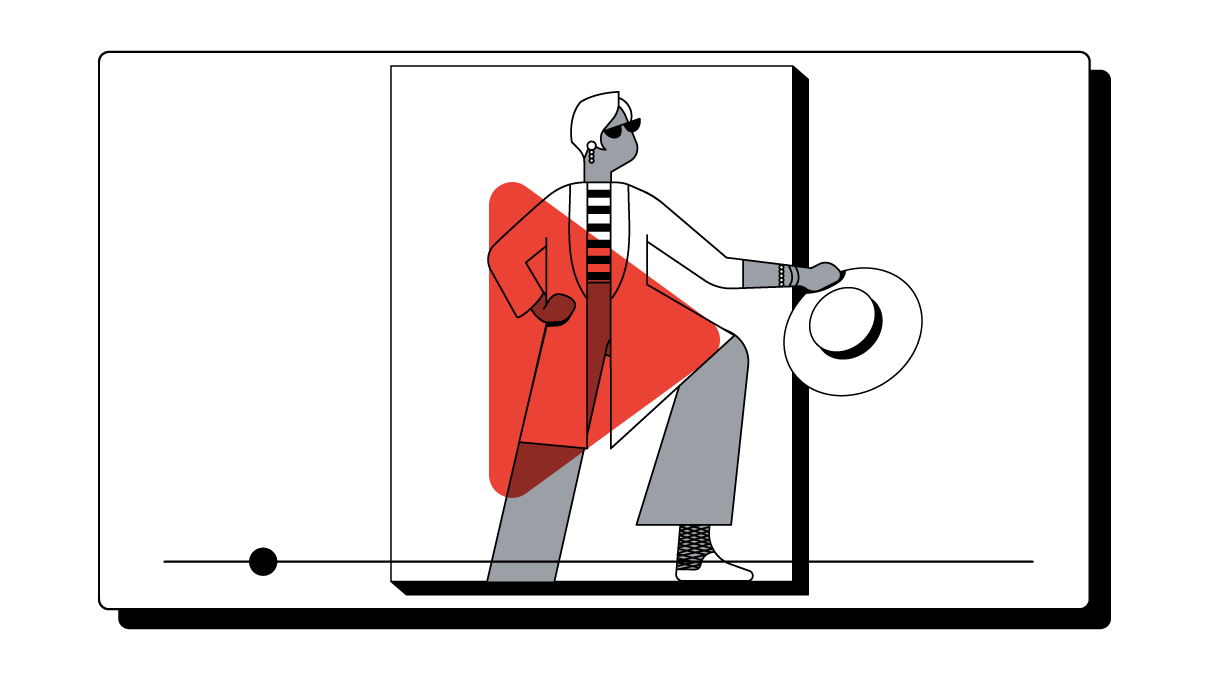Kate Spade New York has been on a journey to make its marketing more empathetic. Mary Beech, the fashion company’s executive vice president and CMO, shares three lessons for other brands.
Have you ever been in a situation where you were struggling to be understood? In the early days of my career, my response was almost always to just preach louder at the person. You can imagine how successful that was.
Today, I take a radically different approach in my leadership. If someone doesn’t get what I’m trying to communicate, the first thing I do is stop and listen. That way I can figure out why they’re not on the same page as me and what I can do to get them there.
The best marketing isn’t about the brand; it’s about the customer.
This process of putting yourself in someone else’s shoes and seeing things from their perspective is called empathy, and we could do with a lot more of it in our marketing.
Why we need more empathetic marketing
All too often, we get so wrapped up in the message we’re trying to send that we end up with tunnel vision and forget that the best marketing isn’t about the brand; it’s about the customer.
Of course, any decent marketer knows this, but it’s easier said than done. Take the creative process. It’s hard enough to create a beautiful piece of content that perfectly reflects your brand and meets your business goals. Adding a third element to consider—your customer—can complicate things further.
But it doesn’t have to. At Kate Spade New York, we’ve been on a journey toward empathetic marketing to make sure we’re listening to our customers and responding to their needs rather than just talking at them.
YouTube marketing campaign results for fashion brand Kate Spade

And it’s paying off. In the past year, the average watch time of our YouTube content has increased by 39 seconds, and we’ve seen a 500% increase in our earned views.1
Here are three things other brands and marketers can learn from our experience.
1. Find your internal influencers and have them answer real customer questions
One thing we know customers love about our in-store experience is our in-store team, and the chance to get their advice and insight. That was the inspiration behind Talking Shop, a YouTube series where two of our store associates, Tiffany and Niesha, reveal new products, share style tips, and answer real shopping questions they’ve been hearing.
The result? It feels less like marketing and more like a conversation that customers actually look forward to having with us — as we see in the comments they leave for us and how long they spend watching.
2. Understand what matters to your customers, and put that at the heart of your campaigns
Advertising used to be only about the aspirational, but today consumers want less Photoshop and more honesty. As brands, we should listen to and act on this, which is what we did with our latest fragrance campaign, “In Full Bloom.”
Sure, we could have stuck with the typical fragrance campaign formula that heros one celebrity in a highly produced, dream-like landscape. Instead, we decided to try and understand what really matters to our target audience.
We worked with our partners at Google to learn that confidence, love, happiness, and success are key emotional need states for beauty fans on YouTube. We used these insights to produce a range of unscripted videos that featured Laura Dern, Tavi Gevinson, and Sasheer Zamata talking about these issues in a highly relatable manner.
We then used TrueView Discovery ads so that the creative was served in response to searches for related queries on YouTube. When someone in our target audience was searching for something like “How do you build self-esteem?” we could respond with a relevant and meaningful ad.
3. Draw customers in with ads that feel more like entertainment
We know from listening to our customers and from third-party research that ads that feel too explicitly like marketing can be a huge turn off. If people are giving us their attention and time, they rightly expect more than a sales pitch in return.
That’s why, with our marketing campaigns, we take inspiration from the content our customers are actually choosing to watch. For example, with our long-form #MissAdventure series, we chose to hire narrative writers and create something that felt far more like a bite-size TV series than advertising.
And with our “In Full Bloom” campaign, we followed YouTube's creative best practices to make sure our videos blended seamlessly with organic content on the platform. The women talk directly into the camera in a familiar, informal tone, creating an intimate moment that is both informative and entertaining, making viewers feel like they’ve discovered something of value rather than just another ad that’s talking at them.
The power of empathetic marketing
There’s power and magic to be unlocked in empathy and listening—for brand leaders like myself and for brands that want to lead. With today’s marketing platforms and video technology, the time is more than ripe for it.
So respond to your customer’s desire to be listened to and empathised with, and I guarantee you won’t want to go back.







